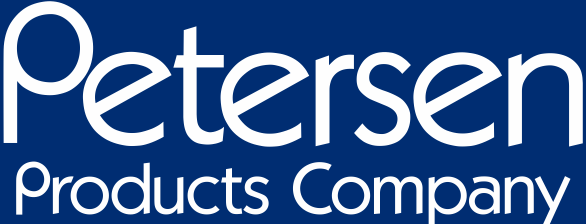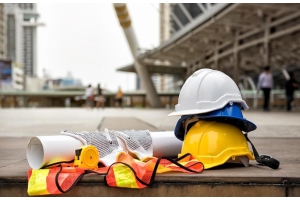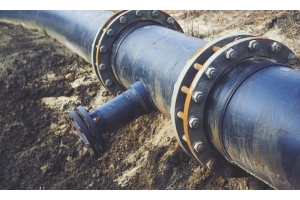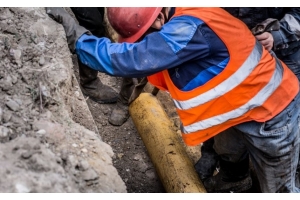How to Maintain a Section of Pipeline


Proper pipeline maintenance protects equipment, workers, and end-users. Learn how to maintain a section of pipeline with these helpful tips and procedures.
Pipeline operators have an essential responsibility to their companies, their employees, and the general public. That responsibility is proper pipeline maintenance. Failure to keep a pipeline in good shape can lead to damaged equipment, destroyed environments, and injured personnel. That’s why proper maintenance must be a priority for pipeline managers. Luckily, there are a few key strategies to help operators keep track of their systems and quickly address any damage that occurs. Discover more about how to maintain a section of pipeline with this rundown.
Maintain a Clear Right-of-Way
Pipelines need a clear path to deliver products safely and efficiently from plants to end-users. That’s why operators must create and maintain right-of-way clearing for their pipeline. When building and when operating your pipeline, you must remove obstructions such as trees, roots, and rocks. These features can obstruct or damage a pipe, leading to expensive and dangerous incidents once the pipeline is up and running. Furthermore, right-of-way clearing ensures pipeline employees can always access the line when necessary. This becomes particularly important in the event of an emergency when responsive maintenance work can prove invaluable for your pipeline and the surrounding environment.
Routine Inspections and Testing
You can’t maintain your pipeline if you don’t know what issues occur. Routine tests and inspections help you keep track of your pipeline’s condition so you can act quickly and effectively when problems occur. After all, prevention is the best medicine—especially for pipelines. Workers should always be on the lookout for corrosion and other damages across your pipeline. It’s also crucial to perform hydrostatic tests and other methods of pressure testing. This will help determine the strength of a section of pipeline. Regular tests and inspections grant you the assurance that your pipeline is in good shape and functioning the way it should be.
Thorough Documentation
Thorough and up-to-date knowledge is a necessary part of how to maintain a section of pipeline. That’s why documentation is crucial for pipeline operators. Accurate and consistent documentation helps you keep a record of everything that has happened to your pipeline throughout its lifetime. What was the condition of the pipeline when you installed it? What materials and industrial pipeline productshave been useful in maintenance and repairs? Thorough documentation makes it easy to keep track of this and other crucial information in your pipeline. Documentation is also useful when identifying trends about your pipeline. You can use this information to identify weaknesses and improve processes throughout your entire system.
The information may be used but with no warranty or liability. This information is believed to be correct but should always be double checked with alternative sources. Strictly adhere to and follow all applicable national and local regulations and practices.






